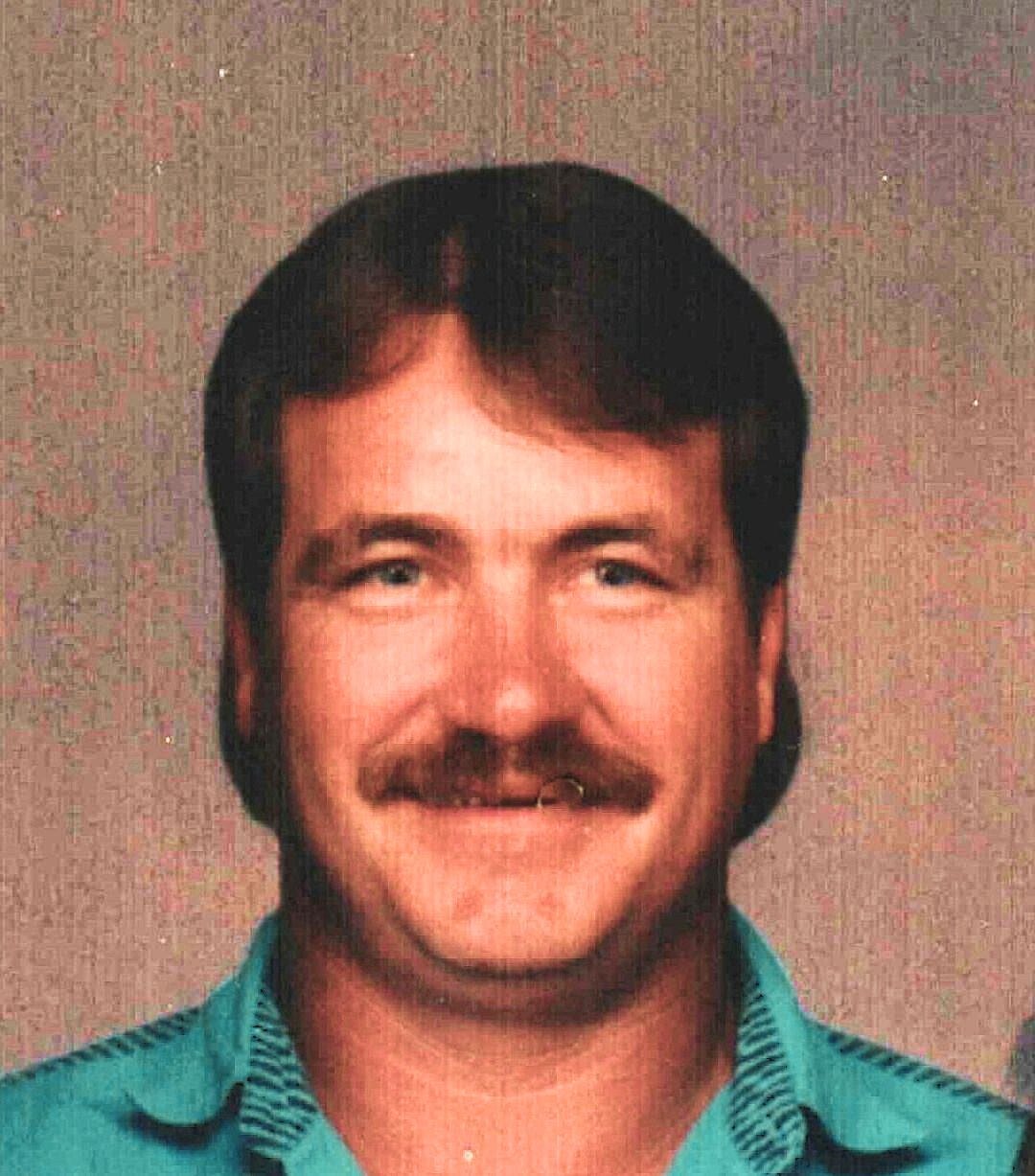
Execution by Firing Squad: South Carolina’s First in Modern History
Introduction
South Carolina is poised to carry out its first firing squad execution in modern history on March 7, 2023. Brad Keith Sigmon has chosen this method for his execution, marking a significant departure from the state’s usual default of electrocution.
Sigmon’s Crime and Legal Proceedings
On April 27, 2001, Sigmon brutally murdered his ex-girlfriend’s parents, David and Gladys Larke, with a baseball bat. He confessed to the crime and was sentenced to death in 2002. Sigmon’s attorneys have argued that he was experiencing a psychotic break due to severe mental illness, but these arguments have been unsuccessful in court.
Choice of Execution Method
South Carolina allows inmates to choose between lethal injection, firing squad, or electric chair. Sigmon’s decision to select the firing squad was made after concerns raised about the recent "monstrous" lethal injections in the state and the state’s outdated electric chair.
Firing Squad Protocol
The Broad River Correctional Institute has been renovated to accommodate firing squad executions. Procedures have been established to ensure the safety and efficiency of the process.
- The inmate will be seated in a metal chair in a designated death chamber.
- Bullet-resistant glass separates the witness room from the chamber.
- Three volunteer corrections staff members will form a firing squad behind a wall.
- A mark will be placed over the inmate’s heart.
- The warden will read the execution order, and the firing squad will fire.
- A doctor will examine the inmate and declare them dead.
Last Firing Squad Executions in the U.S.
The last firing squad execution in the United States took place in Utah in 2010. Ronnie Lee Gardner was executed for murder. Prior to that, Gary Mark Gilmore was executed in 1977 and John Albert Taylor in 1996, both also in Utah.
The Use of Firing Squads in the Death Penalty
As lethal injection drugs have become scarce, states with the death penalty have considered alternative methods, including firing squads and nitrogen gas. However, these alternative methods have raised ethical and legal concerns.
Ethical Concerns
Opponents of firing squad executions argue that they are cruel and unusual punishment. They cite the risk of pain and suffering, as well as the possibility of mutilation. Additionally, they question the necessity of such a violent method.
Legal Concerns
Some legal experts contend that firing squad executions violate the Eighth Amendment’s prohibition on cruel and unusual punishment. They argue that the method is archaic and inhumane, and that its use should be prohibited.
Conclusion
The upcoming execution of Brad Keith Sigmon by firing squad is a significant event in South Carolina’s death penalty history. It raises important ethical and legal questions about the use of alternative execution methods. As debates over the death penalty continue, it remains to be seen whether firing squads will become a more common form of capital punishment in the United States.
